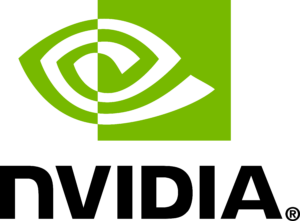Nvidia Jetson AGX Thor Robot Brain: A Fresh Catalyst for NVDA
What launched—and why it matters
Nvidia announced general availability of the Nvidia Jetson AGX Thor robot brain developer kit at $3,499, positioning it as a physical-AI “supercomputer” for robotics and autonomous systems. The production-grade Jetson T5000 modules extend that platform into factory-ready robots and other edge devices.
- Architecture: Blackwell GPU + Arm CPU; up to 2,070 FP4 TFLOPS of AI compute
- Memory: 128 GB—enough headroom to run LLMs and multimodal VLMs on-device
- Perf vs. prior gen: up to 7.5× the AI compute and 3.5× the efficiency of AGX Orin
- Availability & pricing: Nvidia Jetson AGX Thor robot brain dev kit $3,499; Jetson T5000 modules available (volume pricing tiers apply)
Who’s building on it
Early adopters tied to the Nvidia Jetson AGX Thor robot brain ecosystem include Agility Robotics, Amazon Robotics, Boston Dynamics, Caterpillar, Figure, Hexagon, Medtronic, and Meta—spanning logistics, industrial, medical, and humanoid robotics. The common thread: running multiple generative models and real-time perception on the edge, not just in the cloud.
Where it fits in Nvidia’s growth story
Robotics has been a small revenue slice historically, but it’s expanding quickly. Nvidia grouped automotive and robotics into a combined unit that recently reported $567M in quarterly sales, up 72% YoY. The Nvidia Jetson AGX Thor robot brain gives that line item a clearer product-cycle narrative beyond data-center GPUs.
Trading angles for NVDA
- New-narrative momentum: The Nvidia Jetson AGX Thor robot brain anchors a “physical AI” theme that can drive incremental multiple expansion if attach-rates and developer traction accelerate.
- Sympathy moves: Monitor robotics names tied to Jetson—component suppliers, contract manufacturers, and high-profile adopters—for follow-through on partnership headlines.
- Event catalysts: Watch for design-win announcements, production ramp updates for Jetson T5000, and customer demos showcasing humanoids or autonomous platforms running the Nvidia Jetson AGX Thor robot brain.
- Options setup: Product-cycle headlines can lift implied volatility; consider structured spreads to express directional views around earnings or developer events.
Bottom line
The Nvidia Jetson AGX Thor robot brain isn’t just another embedded module—it’s Nvidia’s push to put generative AI directly into machines that perceive, reason, and act in real time. For traders, that means a new, trackable catalyst stream—pricing, shipments, design wins, and segment growth—that can add fuel to NVDA’s already volatile tape.

